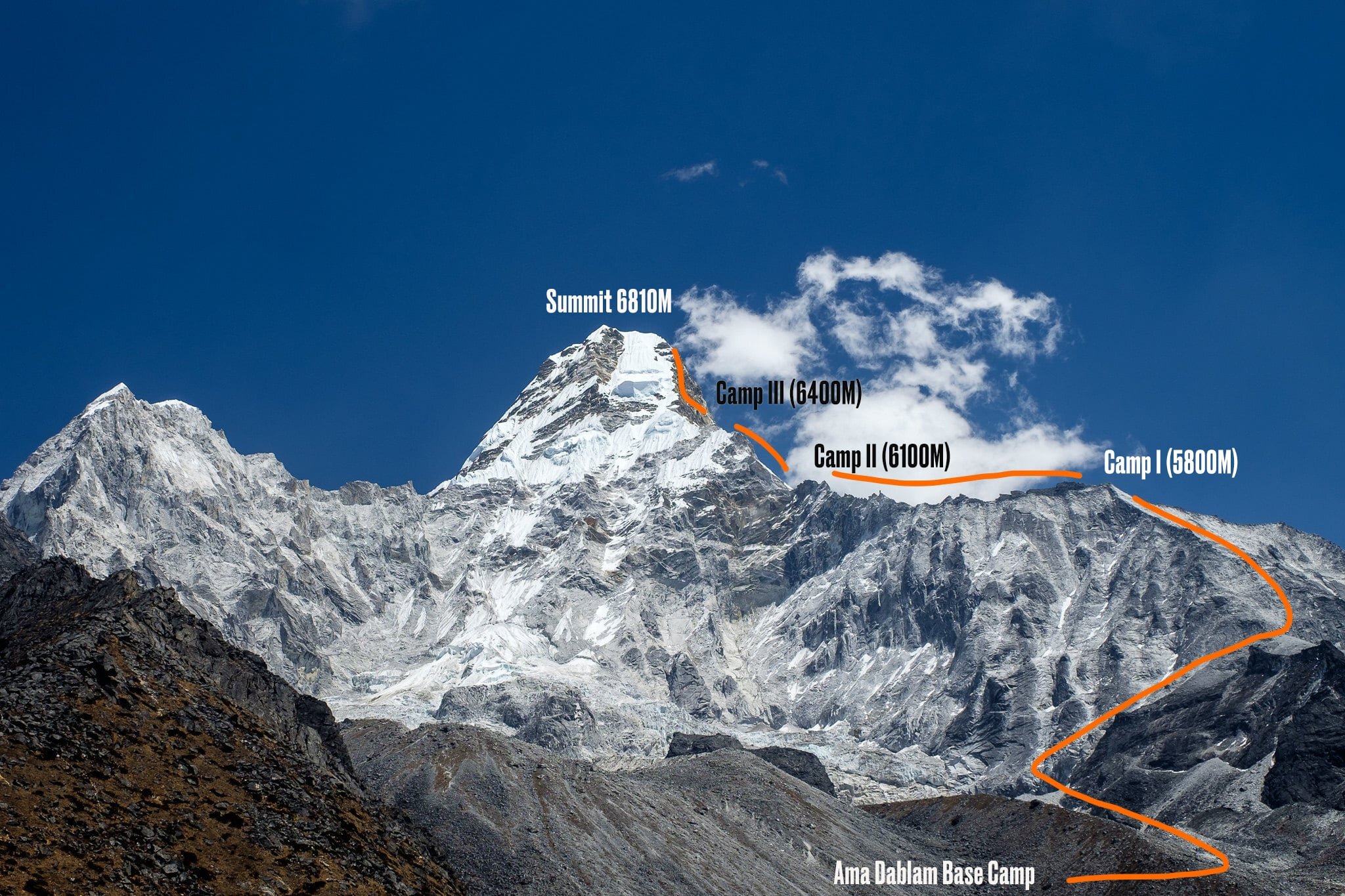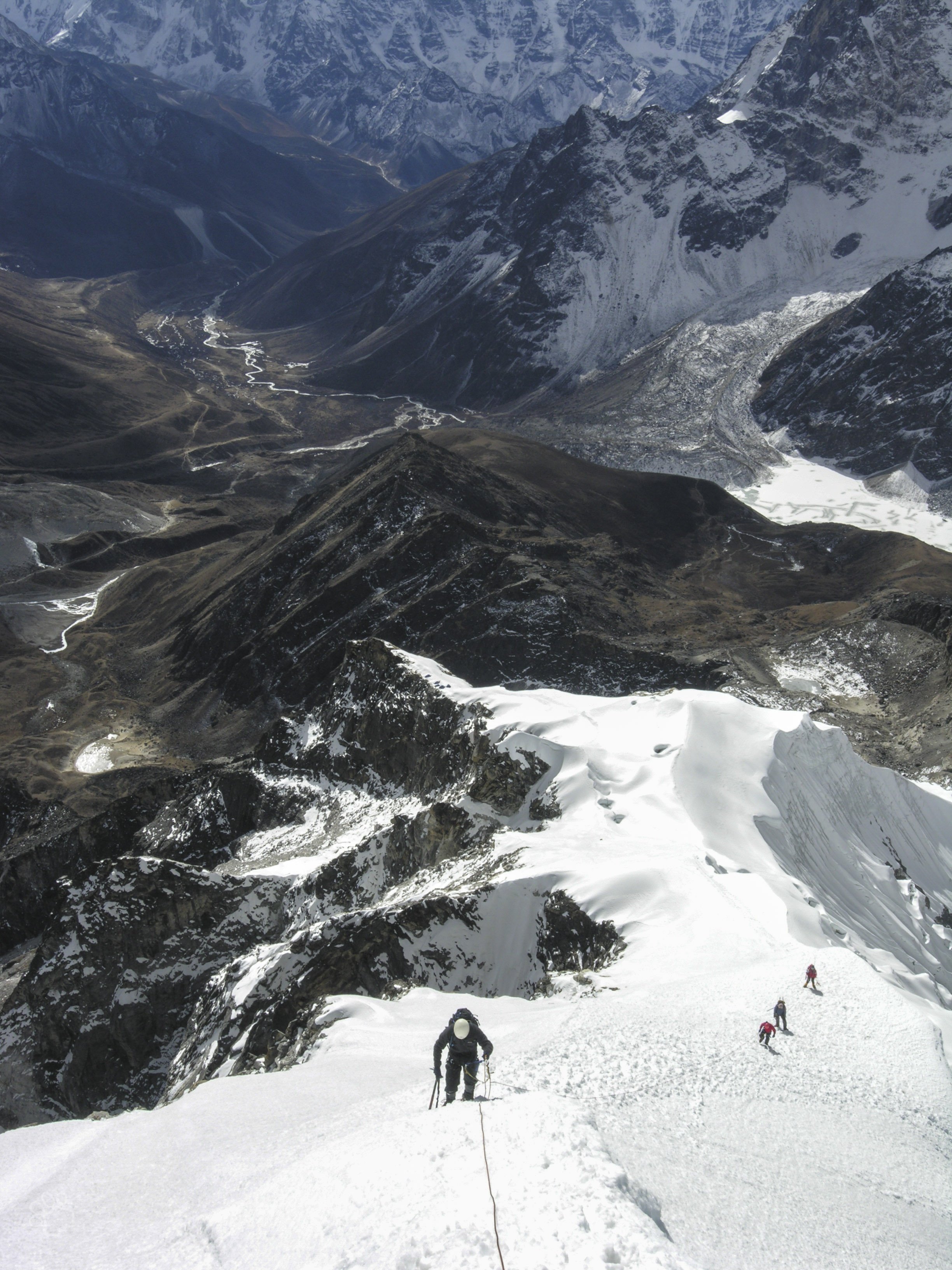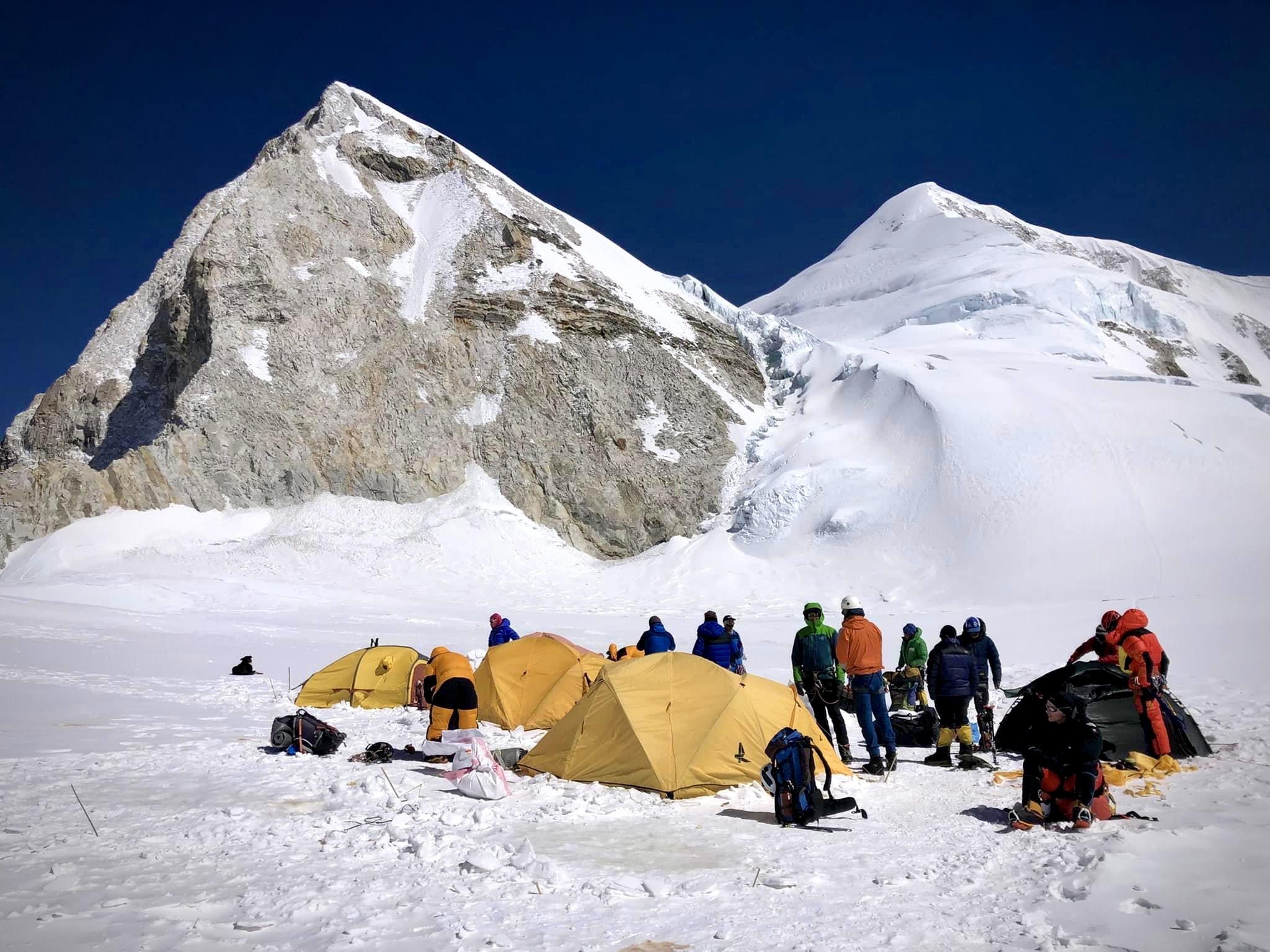Everything You Need to Know About Lenin Peak 7134M Expedition
1. When is the best time to climb Lenin Peak?
The best time to embark on a Lenin Peak 7134M expedition is during the summer, from July to August. This period offers the most favorable weather conditions, allowing for safer ascents and clearer views of the surrounding Pamir range.
2. How much does the Lenin Peak 7134M Expedition cost? What does it include? How is Namas Adventure operating the expedition differently?
For detailed pricing information, please visit the Namas Adventure Lenin Peak page. We provide premium, all-inclusive climbing services designed to ensure a safe, successful summit while embracing local culture. As a responsible and ethical mountain adventure brand, we emphasize saustainable practices and deliver an unforgettable climbing experience.
How do we stay different? - While most companies choose to offer 1:3 ratio we offer 1:2 ratio to being with only selecting members who meet our pre-requisites and guide team will form of certified guide members from Nepal who will have led several 8000M, 7000M and 6000M expedition along with Lenin peak guiding experiences.
What’s included in your Lenin Peak booking:
1:1 or 1:2 certified Guide leader
Namas Branded merchandise (Down Jacket, Cap, Buff)
2 nights before the expedition and 2 day after the expedition. Hotel in Bishkek and Osh. (Should clients return early from their expedition, clients will be responsible for their extra hotel bookings)
Experienced high altitude guide
Installed high altitude tents on 5300M and 6100M (2 persons in tent!)
Group equipment: rope (if needed), gas and gas stoves, cooking set.
High altitude food
Boundary zone permit, OVIR registration, visa support (if necessary);
Meeting/seeing off at the airport;
Transfer Osh – IMC “Pamir” – Osh
Lunch en route to/from IMC;
Accommodation in hotel for 2 nights in total during the program
Rent of walkie-talkie;
Registration with rescue team;
Ecological fee.
3. The first ascent of Lenin Peak 7134M
Lenin Peak was first summited by Karl Wien and his German team in 1928. The northwest ridge was their route to the top, and it remains the most frequently used route for climbers today.
4. How many climbing routes are there to Lenin Peak?
The most popular and safest route is the northwest ridge, offering a well-established path to the summit. While there are other variations, this route is ideal for climbers looking for a less technical but physically demanding ascent.
5. What experience do climbers need to climb Lenin Peak? Are guides necessary?
To climb Lenin Peak, climbers need prior experience on at least one 6000M peak and should be proficient in basic alpine mountaineering skills, including the use of crampons, fixed ropes, and techniques for traversing steep, icy terrain. Lenin Peak is a non-technical but high-altitude climb, so physical fitness and mental resilience are crucial.
While not as technical as other 7000M peaks, Lenin Peak requires the support of local guides. Namas Adventure provides certified guides to ensure your safety and guide you through the challenges of high-altitude mountaineering.
6. How many high camps are there on the Lenin Peak expedition?
There are three established high-altitude camps on Lenin Peak:
Camp 1 (4400M) – The first base camp after the trek.
Camp 2 (5300M) – Positioned at a strategic location for acclimatization.
Camp 3 (6100M) – The final camp before the summit push.
7. What is the best-acclimated itinerary for climbing Lenin Peak?
A well-paced itinerary is crucial for acclimatization and safety. At Namas Adventure, our itinerary includes multiple rotations between base camp and high-altitude camps to help your body adjust to the extreme elevation. These rotations are critical for a successful summit and minimize the risk of altitude sickness.
8. What training is required for the Lenin Peak expedition? Can you suggest a training plan?
Lenin Peak is graded as a AD+ climb, making it accessible to experienced mountaineers with a solid understanding of high-altitude environments. You’ll need to focus on endurance, core, and strength training. Long-distance running, cycling, and hiking with weighted backpacks are great ways to prepare. We recommend starting your training at least 3-4 months before your climb. For detailed guidance, check out our mountain expedition training blog.
9. How difficult is the Lenin Peak climbing expedition?
Lenin Peak is considered a non-technical climb, but it is challenging due to the altitude. The climb demands excellent physical conditioning, as you will be spending up to 16+ hours on summit day, with long stretches of trekking, climbing, and descending. Weather conditions, particularly high winds and cold, can make the summit day even more demanding.
10. What clothing and gear are required for Lenin Peak? Can I rent gear for this expedition?
For Lenin Peak, you’ll need high-quality, cold-weather gear, including double-layered boots suitable for 7000M peaks (e.g., La Sportiva Olympus Mons Cube, Scarpa Phantom 8000). A comprehensive gear list can be found on our equipment blog.
We do not recommend renting gear locally, as quality control can be an issue. Instead, we advise purchasing gear from reputable brands before your expedition.
You can rent alpine bundle from our team, this will have to be transported from Nepal and additional cost will appply.
11. What types of food and hydration options are available on the Lenin Peak Expedition?
During the trek to base camp, meals are provided by local tea houses. Once at base camp, our team prepares a variety of meals, including freeze-dried options for higher camps. Proper hydration is essential—drink 4-6 liters of water daily to help with acclimatization. Our team will prepare waterfor you at high camps.
12. What insurance is required for the Lenin Peak Expedition?
We highly recommend having comprehensive travel insurance that covers high-altitude trekking, mountaineering. While there is no helicopter evacuations but extra our team will have an emergency response protocols that include medical kits, oxygen, and first aid training. Namas Adventure partners with Global Rescue for emergency services. In case of altitude sickness or any other emergency, supplemental oxygen will be your quickest way off the mountain. Ensure that your policy includes this coverage.
13. What’s next after completing the Lenin Peak expedition?
After successfully summiting Lenin Peak, you can aim for other high-altitude challenges such as:
These peaks offer the next level of technical difficulty and can serve as excellent choice for technical climbing and the 8000M expeditions can serve as a stepping stone into Everest, K2, Annapurna 1 or other difficult 8000M expeditions.
For more information, visit our Lenin Peak page or reach out to us at bookings@namasadventure.com.






































































































































































